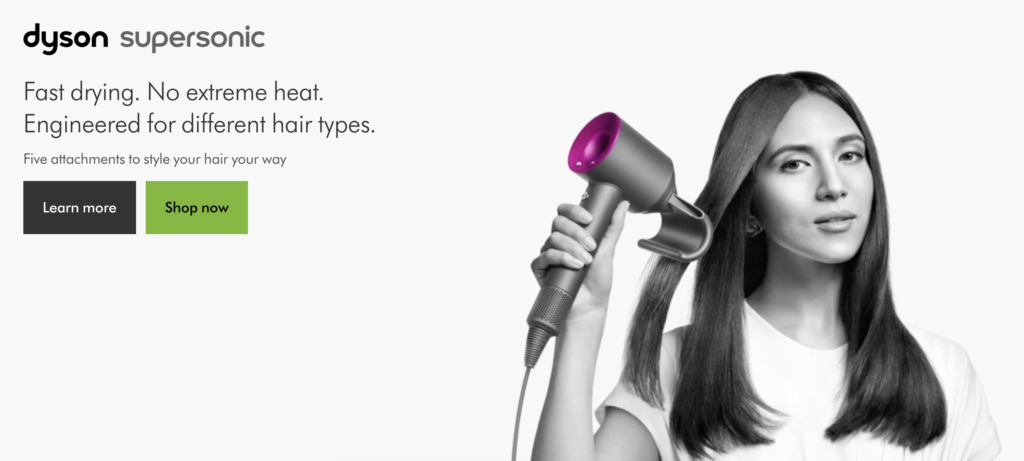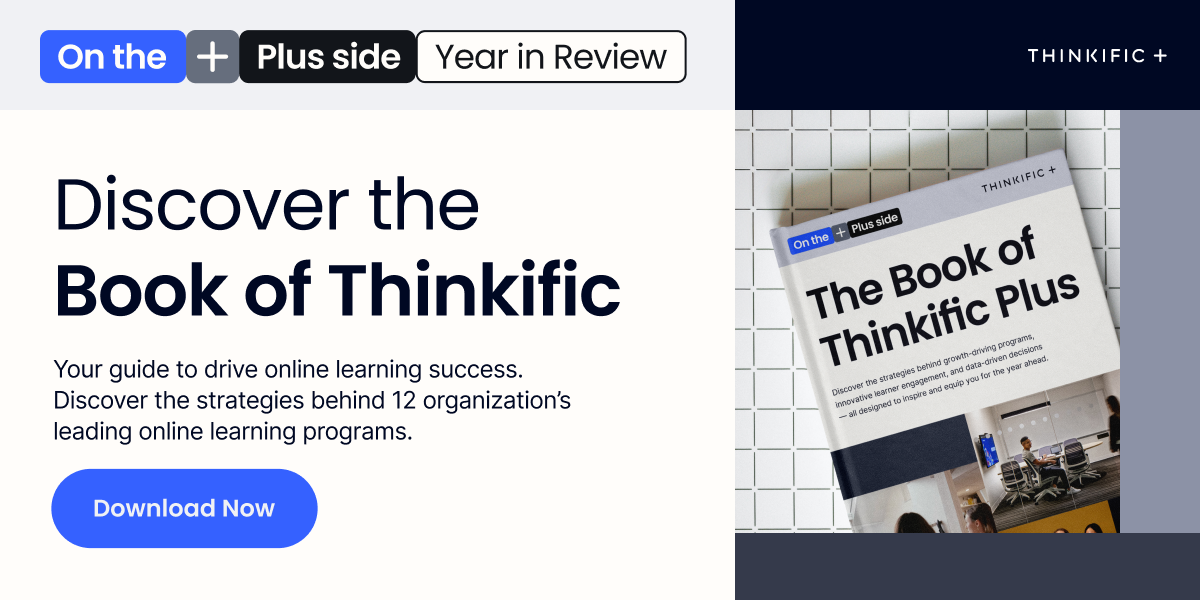Have you ever noticed when your favorite brand introduces a new product? Personally, my mind was blown when I saw Reese didn’t just make peanut butter cups anymore — they had everything from dessert bars you could bake at home to peanut butter spread for your morning toast. (Yum.)
It’s easy to spot these type of brand extension examples all around you, from your neighborhood coffee chain to your weekly washing powder. Keep reading to learn more about how brand extensions work, and what you can learn from them when it comes to scaling up your business.
What is a brand extension?
A brand extension is a marketing strategy used by brands to offer new products and expand their reach. Usually brand extensions introduce products that relate to the original product or brand personality of the parent brand.
Brand extensions allow businesses to capitalize on their core brand’s reputation and open up new sales channels. Companies might use brand extensions to reach different demographics or increase the revenue from their existing customers.
What are the types of brand extensions?
Brand extensions can be a really useful tool for (you guessed it!) expanding your brand. The best brand extensions for your business will depend on your customers and your area of expertise. Here’s a breakdown of the types of brand extensions you can use along with some everyday examples to help you get inspired.
| Type of Brand Extension | Description |
| Authority | Products in related categories to your parent brand. |
| Line | Products with slightly different variations to your original product. |
| Product | Companion products that compliment your original product. |
| Lifestyle | A strong community or culture related to your parent brand. |
| Customer Franchise | Product categories that are different, but fall within one market segment. |
| Brand Distinction | Products with distinctive qualities that expand across multiple sectors. |
| Transfer of Component | Products with a central component that can be expanded across multiple sectors. |
Authority Extensions
If you have established a name for yourself in your industry, you can leverage this reputation to help ensure the success of your brand extension.
Authority extensions, also known as a company expertise brand extensions, involve launching products in related categories to your parent brand. This lets you make the most of your brand authority to sell to new or existing audiences.
If you’re a course creator with a specific area of expertise, you can use an authority brand extension to branch out with a new product. For example, if you’re an expert in puppy training, you could use an authority brand extension to create a course for older dogs too.
What is an authority extension best for?
- Leveraging existing authority in your niche
- Boosting your brand reputation
- Establishing yourself as a thought leader
Examples of brand authority extensions
1. Dyson
A great example of a business using their expertise and authority to expand their brand is Dyson. Dyson established a solid reputation as an authority in innovative, technology-led vacuum cleaners. They have since followed a brand extension strategy that makes the most of this inventive brand image to create a range of products, including hand dryers, room fans, and even hairdryers.
When customers see the Dyson brand, they know they can expect forward-thinking, efficient and high quality products (regardless of the industry). This is the ultimate authority extension.
2. Thinkific X Neil Patel
Neil Patel is a digital marketer and entrepreneur who has introduced a range of authority extensions to expand his personal brand. Thinkific partnered with Neil Patel to create a free Webinar Sales Funnel Course to help course creators learn more about the best marketing strategies for their businesses.
As well as creating online courses, Neil’s brand extension examples include ebooks, guides, and templates. He uses his authority in digital marketing to appeal to a range of customers across different product lines.
Line extensions
A line extension is one of the simplest brand extensions you can create. A line extension simply offers a product in a slightly different variation to your original product, such as size, taste, or packaging design.
A line extension alters your product to allow you to market to new demographics, without radically changing your core product. For instance, if you sell rugs, you might want to expand your range to include different sized rugs and different colors.
What is a line extension best for?
- Attracting new customers
- Offering existing customers more variety
- Increasing marketing efficiency
Examples of brand line extensions
1. Carlsberg
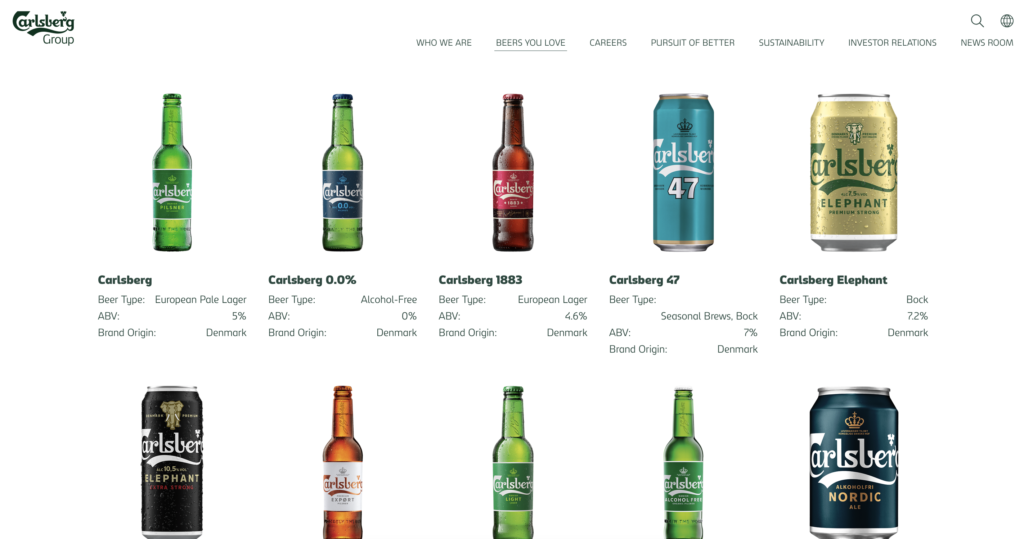
There are many examples of brands who have used product extensions as part of their brand extension strategy. Carlsberg is one example — the multinational brewery group offers their standard Danish pilsner in bottles, cans, on tap, and in many more forms. It’s the same product, just in different variations.
In this brand extension example, Carlsberg uses the strength of their parent brand to provide customers with more variety so you can drink beer in whichever form you prefer. (And Carlsberg drinks up more revenue in the process.)
2. Thinkific X Transformation Academy
Thinkific course creators Natalie and Joteel Rivera leveraged their brand Transformation Academy to sell physical products in addition to their online courses. The team now sells their books as paperbacks, Kindle ebooks, and even audiobooks. While their books are currently sold on Amazon, they’ll be transitioning to selling their line extensions with Shopify (which connects directly to their Thinkific site) to make their brand extension strategy even easier to execute.
Read More: How Transformation Academy uses Thinkific Apps to recover failed payments
Product extensions
A product extension builds on your current product range to offer something new to your audience. This type of brand extension relies on you creating products that are related to your existing offering, but are distinct to what you currently have on the market. In most cases, product extensions include companion products that compliment your original product.
For example, a make-up brand might introduce a product extension of brushes, blenders, or sponges. They’re different products — but they make sense with the original product, and give existing customers a chance to buy into the brand even more.
What is a product extension best for?
- Attracting new customers
- Offering existing customers more options
- Enhancing your original product
Examples of brand product extensions
1. Hootsuite
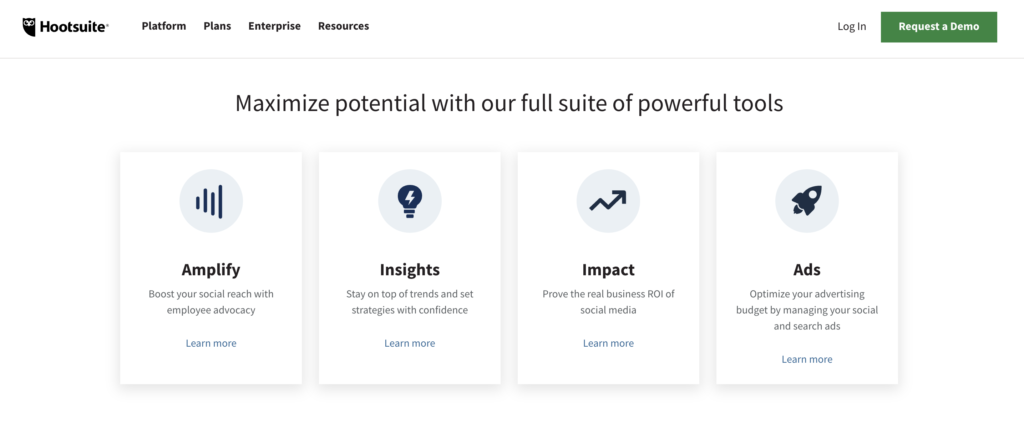
As market leaders in social media management software, HootSuite is a great example of successful product extensions. They have added brand extensions to their business like Hootsuite Social Advertising, Hootsuite Insights and Hootsuite Academy.
With the goal of attracting new customers and nurturing current ones, the company uses Thinkific Plus to host Hootsuite Academy – an online training site with courses on social media marketing and Hootsuite platform training.
Since beginning their education program in 2011, Hootsuite and Hootsuite Academy have trained over 450,000 students. The social media certification program has been completed by over 72,000 people.
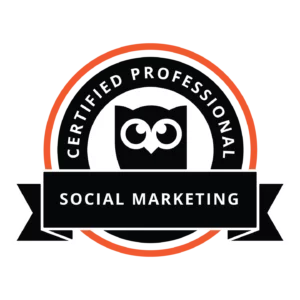 With Thinkific Plus’s certificate feature, Hootsuite Academy is able to give their customers something tangible to showcase their social media success. Students come away with a tangible certificate that shows they have the skills and knowledge to go out and land their first job in social media.
With Thinkific Plus’s certificate feature, Hootsuite Academy is able to give their customers something tangible to showcase their social media success. Students come away with a tangible certificate that shows they have the skills and knowledge to go out and land their first job in social media.
The Academy’s student program, which works to partner with higher education institutions, has integrated Hootsuite Academy courseware into over 800 universities worldwide, teaching over 85,000 students.
“In 10 years, we want every single one of our customers consuming Hootsuite Academy education content. And even beyond that, we want to become the world leader in social media education.” – Sarah Whyte, Education Marketing Specialist, Hootsuite
For branding, the association between Hootsuite and education & certification helps positions them as subject matter experts.
Beyond branding, the benefits of customer education are positively impacting their metrics. Since investing in online education as a product extension and as a customer attraction and retention strategy, Hootsuite has seen less churn and an increased number of customers who become active brand advocates.
By offering these brand extension products, HootSuite also gives their customers the tools they need to make their jobs easier, encouraging their loyal customer base to move more of their day-to-day marketing tasks onto the HootSuite platform.
“We get excited about educating the next generation of social media pros. Through integrating online learning into these higher education classrooms, students come out with a certification they can showcase…and land their dream job in social.” – Sarah Whyte, Education Marketing Specialist, Hootsuite
Learn more: How HootSuite educates customers using Thinkific Plus
2. Thinkific X Beauty Inc. Canada
For Sheryl Gatzke, founder of Beauty Inc. Canada, a product extension made sense for her brand extension strategy. During the pandemic, Sheryl recognized the need to pivot her beauty business away from one-to-one tutorials. Using Thinkific, she successfully transitioned from teaching just a handful of people per day to creating online course content that could reach hundreds of learners.
This product extension was ideal for complimenting the sale of her Lash & Brow Bomb beauty products, helping students learn how the products work, best practices, and expert tips for getting the best results. With a product extension, Sheryl opened up new opportunities to sell to existing clients by creating a complimentary product.
Lifestyle extensions
A lifestyle extension is a really interesting type of brand extension. This strategy relies on building a strong culture or community around your brand. A lifestyle extension lets you use your brand community and sell your audience new products, even if they’re not related to the original product of the parent brand.
For lifestyle extensions, brands often leverage celebrity endorsements or influencer marketing to help raise awareness. For instance, a car brand might start selling furniture or clothing as part of their brand extension strategy.
What is a lifestyle extension best for?
- Growing your brand community
- Increasing brand awareness
- Boosting the earning potential of your brand
Examples of lifestyle brand extensions
1. Red Bull
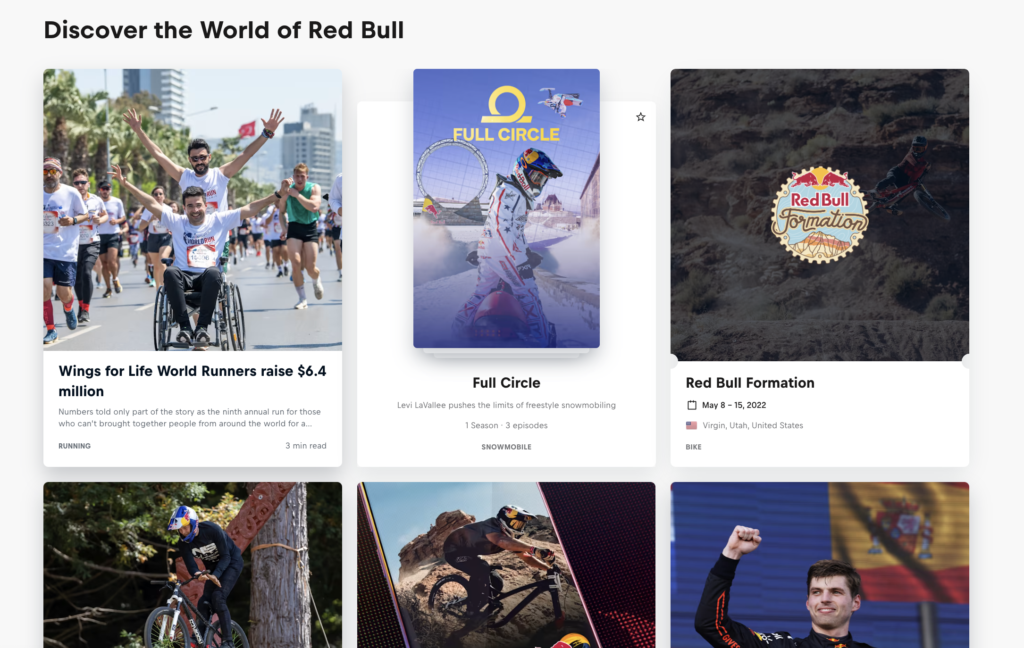
One of the most recognizable lifestyle brand extension examples is Red Bull. Red Bull has created an entire world built around their caffeine-based energy drinks, encompassing extreme sports, events, clothing, accessories, and more.
Red Bull is now synonymous with peak physical performance, risk-taking, and competition. Thanks to strategic lifestyle extensions, they’ve become so much more than just a drinks brand and have built a global reputation based on energy and excellence.
2. Thinkific X Meiko Temple
Thinkific course creator and Think In Color speaker Meiko Temple is an example of lifestyle extensions done well on a smaller scale. Meiko built a strong personal brand around her blog Meiko and the Dish. As well as being a photographer, recipe developer and writer, she also established a reputation as a public speaker, coach, advocate, and more.
After growing a loyal following, Meiko introduced a range of lifestyle extensions to her brand including partnerships with brands like Diplomatico Rum and Cascade, holiday cooking guides, and Eat the Culture, a community-centered space for Black culinary creators and entrepreneurs.
Customer franchise extensions
Another brand extension strategy you can use to expand your brand is a customer franchise extension. A customer franchise extension involves moving into different product categories that are all within one market segment. An example of a customer franchise extension is a sourdough bread brand that starts offering bagels and breakfast muffins too.
If you already have a loyal customer base, a customer franchise extension is a good option to boost sales. You can use the trust you’ve built with your existing customers and market new products to them.
What is a customer franchise extension best for?
- Getting the most from your existing customer base
- Strengthening your parent brand
- Exploring new market opportunities
Examples of customer franchise brand extensions
1. Havaianas
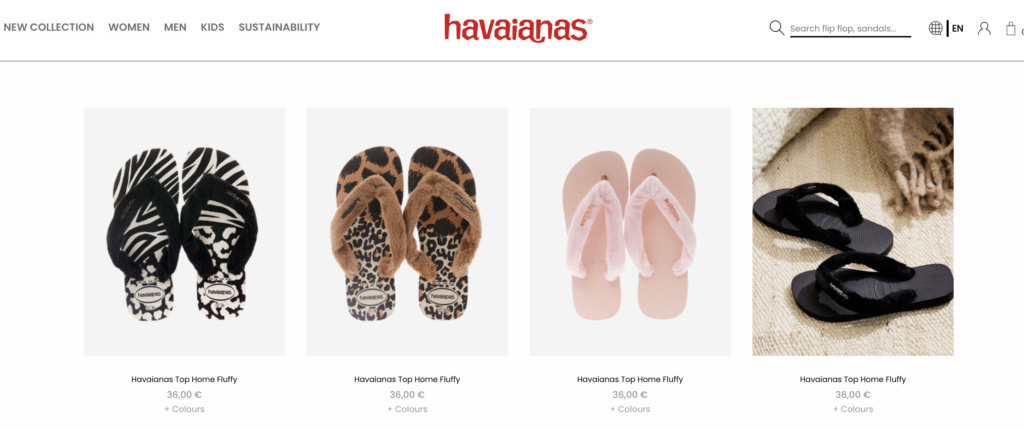
Originally a humble Brazilian flip flop brand, Havaianas has grown their brand to become a globally-recognized must-have summer accessory. Their customer franchise brand extensions have seen them add multiple types of open-toed shoes to their product range, including Havaianas Slides, Havaianas Fluffy, Havaianas flatforms, and more.
2. Thinkific X Doc Jen Fit
When it comes to types of brand extensions, customer franchise extensions often make sense for course creators. Jen Esquer, the solopreneur behind Doc Jen Fit, used her knowledge of physical therapy to create a body transformation brand aimed at helping people overcome chronic pain.
Doc Jen Fit started with ‘The Mobility Method’ program before introducing a customer franchise extension in the form of ‘The Optimal Body’ program. This includes workout plans, recipe recommendations, and access to her thriving learning community. Using Thinkific, she has been able to expand her brand and reach more people than ever before using strategic extensions.
Brand distinction extension
A brand distinction extension can be used by brands who have built a reputation for selling a unique product. Brands that have an existing product that’s highly regarded and known for its distinctive qualities can use this reputation to expand into new sectors.
A brand distinction extension lets you make the most of your existing brand reputation to create additional products for new audiences. For instance, if your brand offers hiking backpacks that are known for being extra durable and waterproof? You could introduce a line of backpacks made for the city too.
What is a brand distinction extension best for?
- Increasing your customer base
- Boosting revenue
- Meeting customer needs and desires
Examples of brand distinction extensions
1. Tide
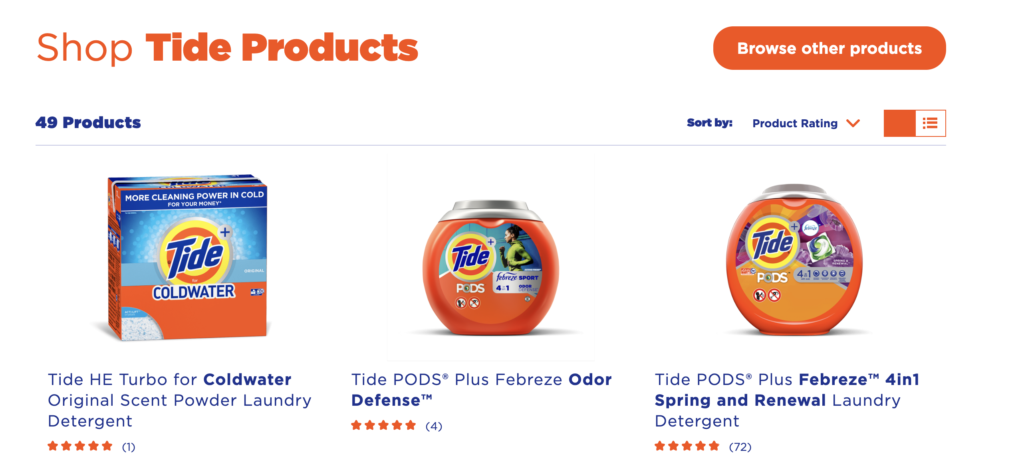
Tide is a brilliant example to turn to for brand distinction extension examples. Tide’s key brand distinction is its status as the world’s first synthetic detergent. Established as a “washing miracle,” the brand has grown to become the world’s best-selling detergent brand through a series of strategic brand extensions.
The Tide product range now includes powder, liquid, Pacs, and more. They have options for deep clean, odor removal, whitening actions, and other niches. All these brand extensions are built on the original brand distinction of Tide’s synthetic detergent formula.
2. Thinkific X Bachelor Data
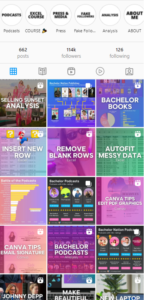
If you’re looking for a really niche example of a brand distinction extension, look no further than Bachelor Data. Former teacher Suzana Somers successfully built a business around the TV show The Bachelor, combining her interest in data analysis and reality TV.
By collecting data around The Bachelor and using it to showcase different data visualization methods, Somers built a unique and wildly popular brand with one central and unique element — data-centric information on The Bachelor.
Suzana carved out a niche for herself with an audience that was interested in both The Bachelor, and Data Visualization
Bachelor Data now boasts over 114,000 followers on Instagram alone — but the real change happened with the launch of the BachelorData Academy. By using Thinkific for her brand extension, Suzana was able to monetize her content and help more women learn about data analysis.
Transfer of component extension
If your brand is known for one distinctive quality, component or signifier, you can use this in your brand extension strategy. A transfer of component extension lets you offer your audience a new product with the central component they know and love also included.
A transfer of component extension can include tastes, smells, materials, and even technology. For instance, a company that creates ultra-cooling ice packs might also use that technology to make picnic baskets and drinks coolers too.
What is a transfer of component extension best for?
- Leveraging an existing product component
- Expanding your niche
- Offering customers something new
Good examples of transfer of component extensions
1. Marmite
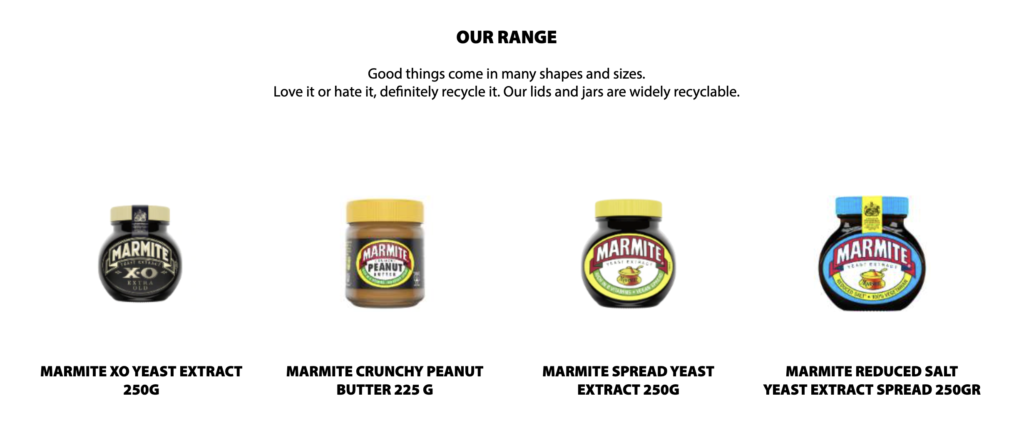
The ‘love it or hate it’ UK food, Marmite is now a world-renowned brand thanks to its distinctive (and memorable!) flavor. The yeast-based product started off as a simple spread, but the brand has since introduced a whole range of new product lines building on the central component of their original recipe.
Their brand distinction extensions retain Marmite’s unique yeasty flavor, but place it in different forms. Marmite products now include Marmite ale, Marmite peanut butter, Marmite rice cakes and more.
2. Thinkific X Hoop Lovers
Founded by Deanne Love, Hoop Lovers’ website credits them with starting a global revolution in hula hooping. Deanne developed a new style of hoop dance instruction that is now showcased on Hooplovers.tv, featuring online courses, workshops, and even hula hoop teacher education.
Using Thinkific, Deanne successfully leveled up her hula hoop instruction business to bring her unique hula hooping style to a bigger audience. Products in the Hoop Lovers range include free and paid courses, like the ‘7 day waist hooping challenge,’ ‘10 Tricks for total beginners,’ and more.
Vertical brand extension vs Horizontal brand extension
When creating a brand extension strategy, businesses might choose to make a vertical brand extension or a horizontal brand extension. Here’s how to tell the difference between the two.
| Category | Description | Example |
| Vertical | A vertical brand extension uses the same brand and the same product category, but it might be an upscale or a downscale brand extension. | Amazon offers a range of Kindle products, from the expensive Oasis edition, to the relatively affordable Paperwhite edition. |
| Horizontal | A horizontal brand extension fits within a parent brand to create a new product — either in the same product class or in a new product category. | Tim Hortons branched out from its coffee shops to offer Timbits Cereal in grocery stores. |
A brand extension can be both horizontal and vertical depending on the brand positioning. Many products have objective measures that differentiate them from the products of their parent brand, but they can also have subjective measures too.
For example, Apple’s MacBook Air is cheaper than the MacBook pro but it also has unique features like having longer battery life and being more transportable. This is an example of a brand using both horizontal and vertical branding in their extensions.
Lessons from colossal brand extension failures
While these brand extension examples show what can happen if you get your brand extensions right, there are also some examples of monumental failures that should give you pause for thought. Take a look at these colossal failures to make sure you don’t make the same mistakes with your brand extension strategy…
Product extension failure: Colgate
One of the most infamous brand extension failures is Colgate’s Kitchen Entrees. The well-known toothpaste brand tried to expand their brand into the food industry with the introduction of hot meals. The idea was apparently that consumers would eat the Colgate dinner first and then use Colgate toothpaste after.
Unsurprisingly, Colgate Kitchen Entrees never took off as customers weren’t keen on eating food from a brand they associate with a minty fresh flavor. The product extension was too much of a stretch for their audience.
Ready meals aside, Colgate has successfully introduced brand extensions within the dental care niche, creating a range of products that now include mouthwash, toothpaste, and floss. The lesson? Make sure your brand extension makes sense for your parent brand and your audience.
Lifestyle extension failures: Virgin

Photo Credit: KEVIN LAMARQUE / REUTERS
Another shining example of a brand extension failure comes from Virgin. The global brand attempted a lifestyle extension in the 1990s that involved entering the highly competitive wedding industry. The introduction of Virgin Brides sought to capitalize on their existing brand awareness in order to sell wedding attire to brides-to-be.
Unfortunately, Virgin overestimated the power of their brand outside their existing industries. Virgin Brides opened just two stores in the UK, eventually shutting down in the early 2000s after the brand extension failed to make sufficient profits.
The problem with Virgin’s lifestyle extension attempt was a lack of customer demand. The brand known for hugely successful brand extensions like Virgin Atlantic airlines, Virgin Holidays, and Virgin Mobile proved that it’s possible to go too far with a lifestyle extension.
Ideas to successfully implement a brand extension
If you want to try to implement a brand extension strategy for your business, remember these key ideas to avoid the same failures.
1. Do a common sense test
When you’re considering whether or not a brand extension is right for you, the first step is to take a beat and consider if your idea will actually work in reality. While a lot of brand extensions might sound good on paper — like Colgate meals or Virgin brides — you can save yourself time, energy, and resources by considering if the strategy is actually right for your brand.
2. Make sure extensions are relevant to your parent brand
In the process of creating a brand extension, it’s important to refer back to your original brand to make sure there is consistency. Your brand extension should never conflict with or contradict the message of your parent brand.
This means that every new product needs to compliment or enhance your original brand image. Even if your brand extension is in a totally different industry, there should be some link to the parent brand to allow you to use your existing brand awareness.
3. Test new products with your current customers
The best brand extensions involve a thorough testing round before their launch. If you can try out new product lines with your current customers, you can assess whether or not there’s a market for your brand extension before you go into full-scale production.
Gather in-depth feedback from your customers to learn whether or not your choice of brand extension is right for your audience. You can also use this feedback opportunity to find out how to improve your brand extension and make the best possible product. Listen to your customers to avoid common brand extension pitfalls.
Strategically expand your brand with extensions
There’s a whole range of ways to expand using brand extensions. From authority extensions to brand distinction extensions, you can leverage your existing brand to create new products and opportunities for your business.
Create your own brand extension and grow your business today by building your online academy with Thinkific Plus.
Ready to transform your business with online learning?
Thinkific Plus gives you the tools and support to create scalable, revenue-driving education programs tailored to your business goals.
Have questions or want to see how Thinkific Plus can work for you?
Get in touch with our team today and let’s build your success together!


